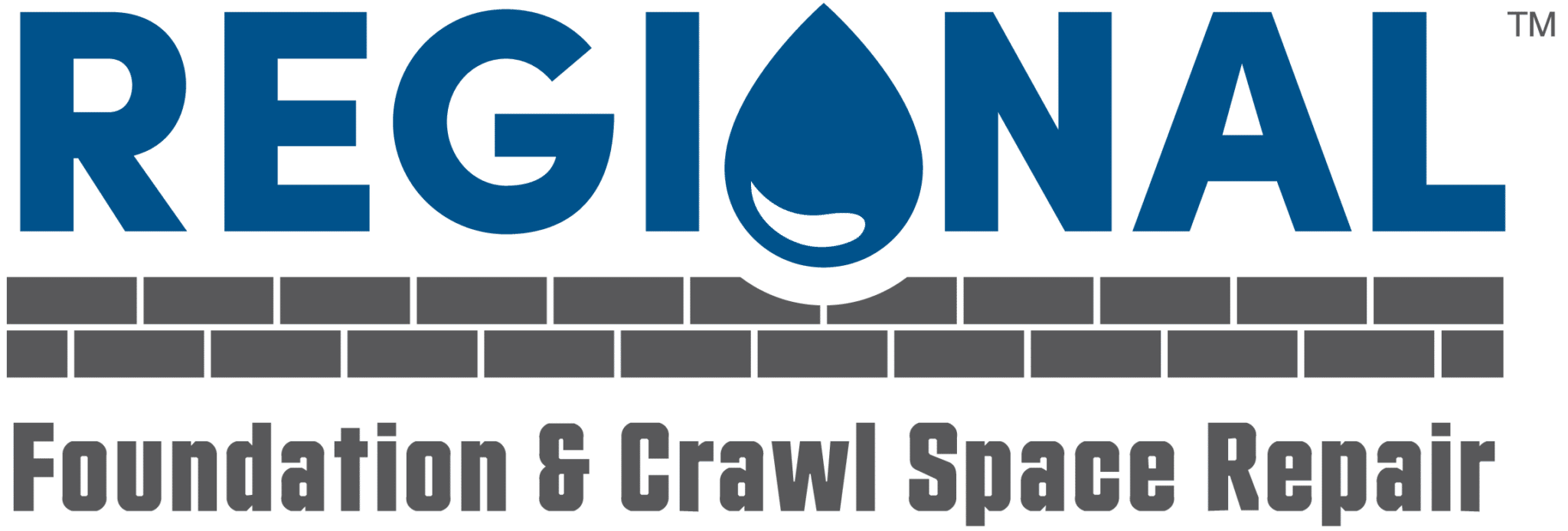Concrete is the bedrock of modern construction, an elemental force in urban landscapes and the canvas upon which we’ve built our world. Yet, even the strongest materials have their Achilles’ heel. For concrete, it’s cracking—a bane to builders and homeowners alike.
In this comprehensive guide, we address the cracks that mar your concrete’s smooth facade and threaten its integrity. Whether due to time’s unrelenting march, the earth’s subtle shifting, or the unforeseen stress of heavy loads, cracks can form as silent testimonials to the forces they endure.
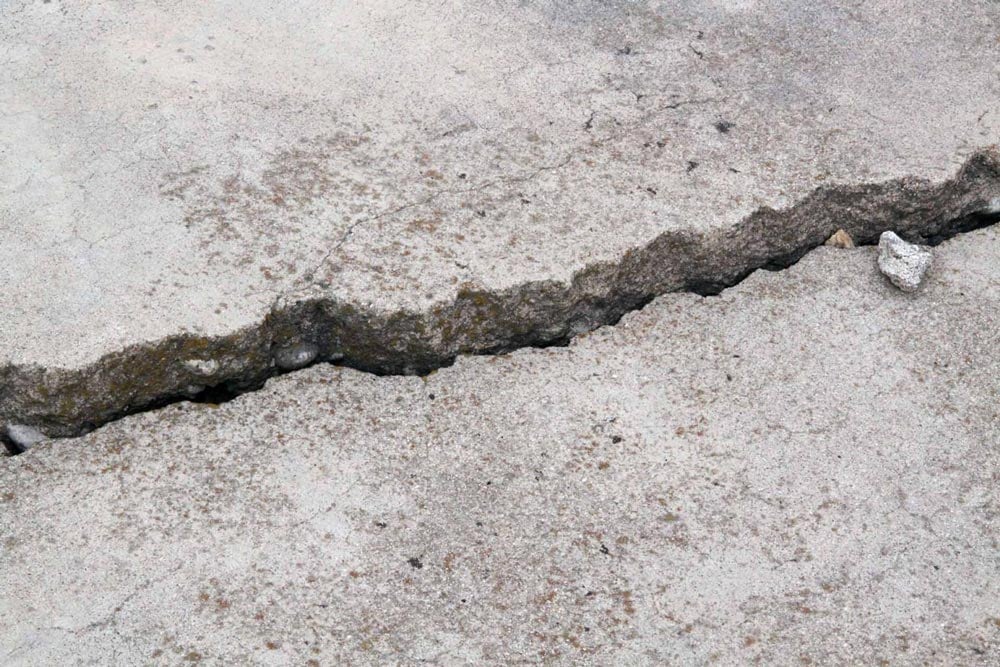
But fear not, for these fissures aren’t the end of the story. This blog lays out your roadmap to restoration, detailing tried-and-true repair methods, preventative strategies, and expert tips to ensure longevity.
Causes of Concrete Cracks
There are many reasons why concrete may crack, but we have identified five of the most common causes. These include:
Curing Shrinkage
Curing is a necessary component of the concrete installation process. However, the curing process can cause your concrete to shrink. That shrinkage results in small cracks in your finished concrete. Hairline shrinkage cracks are often not a structural concern, but you can have them repaired if desired.
Foundation Settlement
For foundations that consist of poured concrete, settlement is one of the most common crack causes. Settlement occurs when the soil below your foundation shifts or sinks. Since your foundation depends on the soil for support, it will also move. A small amount of uniform settlement is normal, especially in the first year after construction. However, a different type of settlement, known as differential settlement, is worrisome. Differential settlement involves uneven foundation shifts. These uneven shifts cause cracks in your concrete foundation and many other structural problems throughout your home. The cracks can be vertical, horizontal, or diagonal and may be wide and deep.
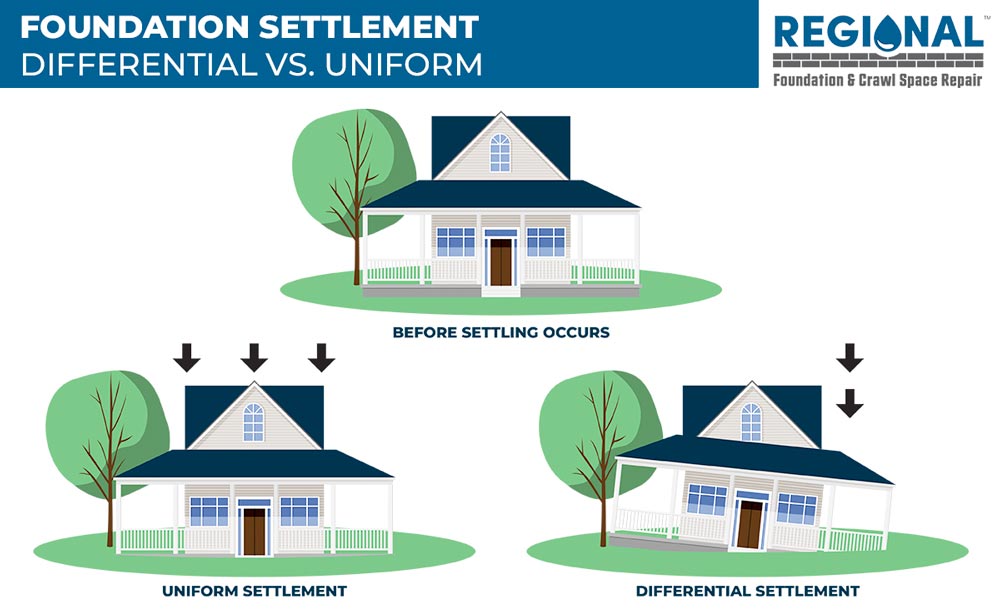
Corrosion
Most concrete relies on steel rebar for reinforcement. In many cases, that embedded steel will never pose a problem. However, if the steel begins to corrode, it can quickly compromise the structural integrity of our concrete. Corrosion causes steel to expand beyond its original size. That expansion causes the concrete to move and crack. This effect often results in a phenomenon known as spalling, which causes tiny cracks and chips in a concrete slab’s surface.
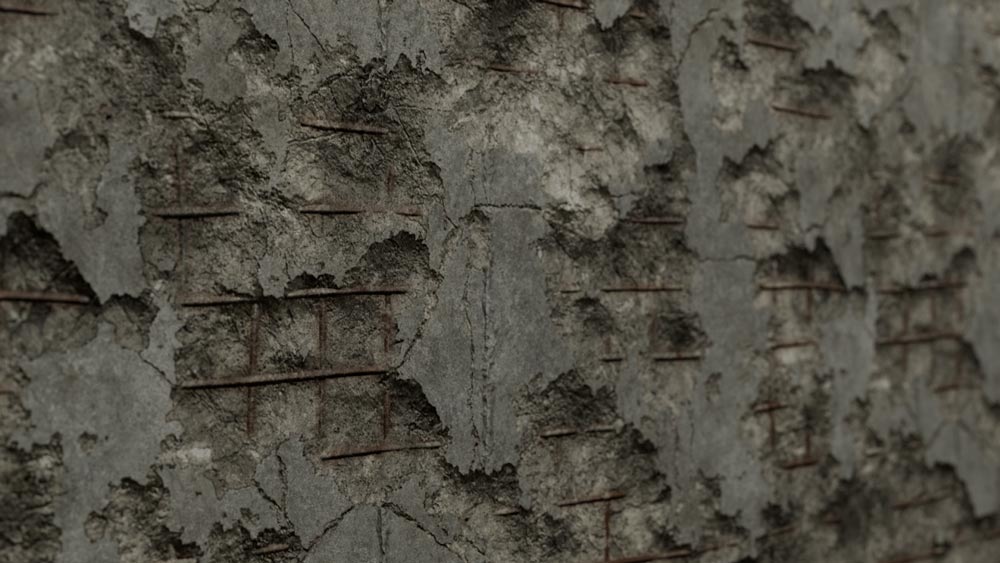
Freezing and Thawing
As water freezes and thaws, it expands and contracts. As such, if there is water in the soil around your concrete, it can cause your concrete to crack as the soil expands and pushes against the concrete. Since concrete is porous, it will also absorb water. If that water freezes, it will push against the concrete from within. This could eventually lead to cracks as well.
Hydrostatic Pressure
If you have a retaining wall or a basement wall that consists of concrete, it may be vulnerable to hydrostatic pressure. These walls are already responsible for holding back a significant amount of soil. If that soil becomes saturated, hydrostatic pressure will build up and push against the wall. Eventually, if the pressure isn’t relieved, the wall could start to bow inward and even crack. If this is a foundation wall, it’s a serious structural concern.
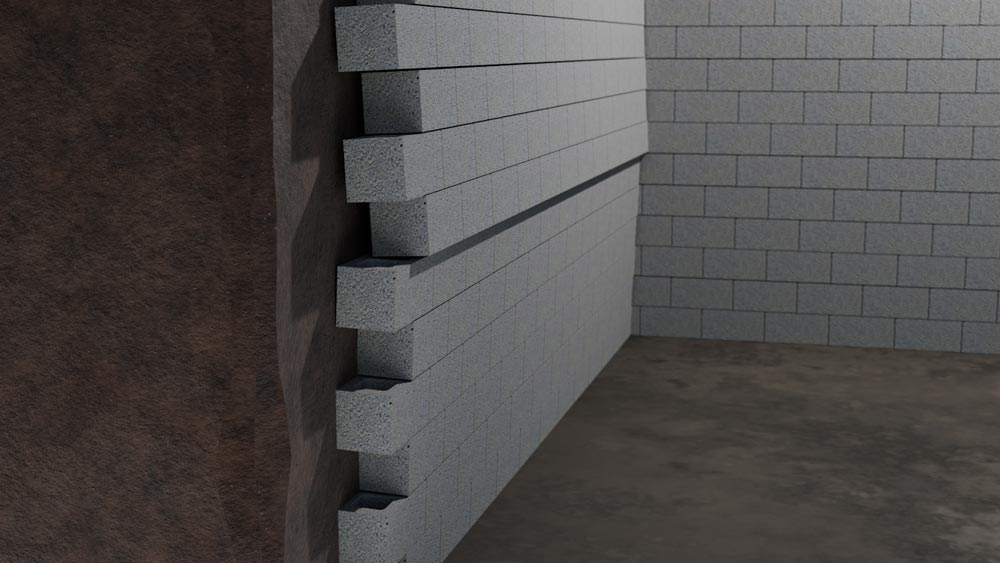
Repair Solutions for Cracked Concrete
After explaining some of the most widespread causes of concrete cracks, it’s time to discuss the best solutions for this problem. Fortunately, there are many professional services you can use if your concrete cracks. The sections below explain the most viable resolutions.
Patching
Patching concrete is one of the most straightforward solutions to cracked concrete. If your concrete cracks do not result from a deep underlying structural issue, patching can make them disappear quickly.
The patching process involves using cement to fill and cover any holes and cracks in the surface of your concrete. At times, patching will be the final step in a more involved concrete repair process. In other instances, patching may be all you need to do to restore your concrete’s beauty and functionality.
Polyjacking
If you have a cracked or uneven concrete slab, polyjacking is one of the best solutions you can choose. Concrete slabs often become uneven and crack when voids form in the soil below. The slab’s weight causes it to pitch towards the void, resulting in unevenness and cracking.
To repair a slab via polyjacking, a concrete repair team will drill small holes through the concrete above the voids. Then, they inject polyurethane foam through the holes to fill the void and raise the slab back to level.
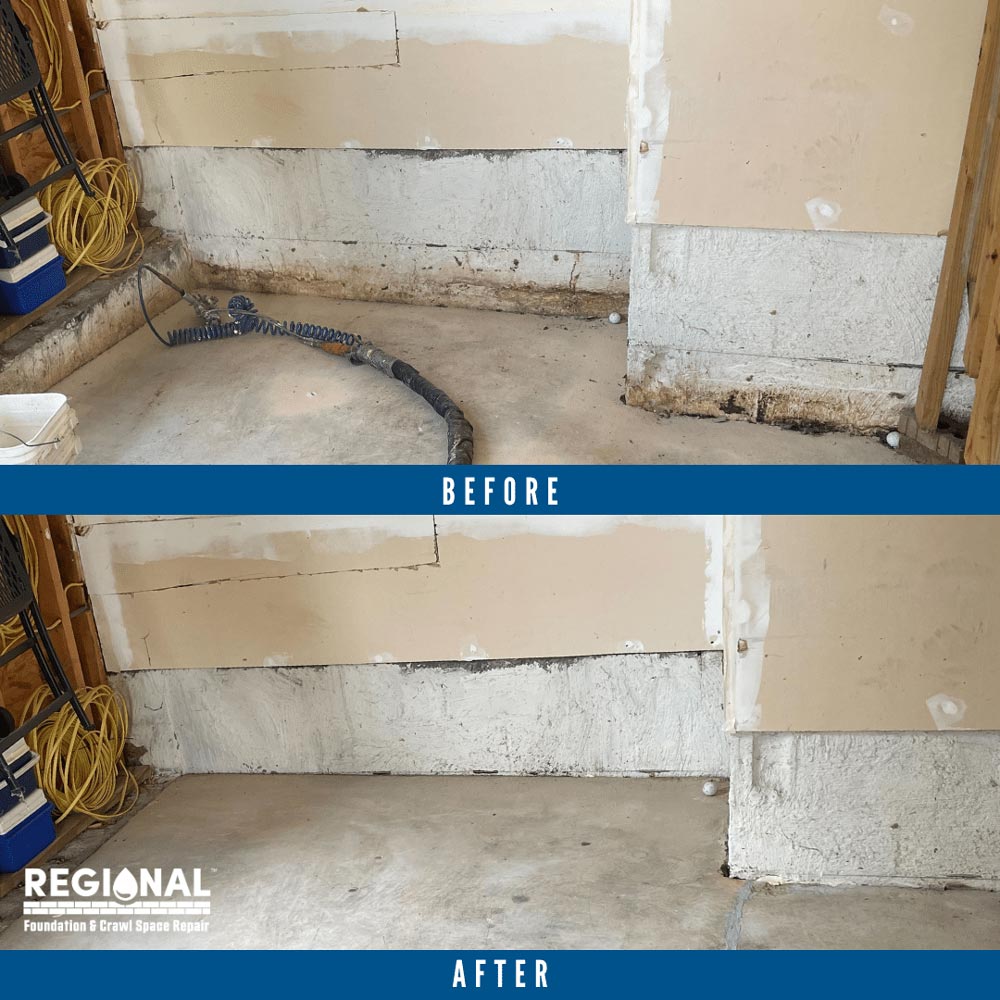
After leveling the slabs with the polyjacking material, your repair team will use cement to patch the holes and make them look like they were never present. The best part about polyjacking is that it dries quickly, allowing you to use your slabs immediately.
Foundation and Wall Repairs
If you have a concrete retaining wall or a concrete basement foundation, they may be susceptible to differential foundation settlement and hydrostatic pressure. In cases of differential settlement, the best repair approach is installing foundation piers.
Foundation piers extend deep into the earth until they reach firm strata. The piers connect to your foundation via a strong bracket. Once the connection is formed, your foundation repair team can use the piers to lift your foundation and stabilize it. Once that underlying cause is resolved, they can patch the cracks that the settlement caused.
In cases of hydrostatic pressure, your repair team will need to resolve the excess water issue by installing a more functional drainage system that will intercept water and convey it away before it causes an issue. After relieving the hydrostatic pressure, the team can install carbon fiber straps or wall plate anchors to restore the wall’s strength. At this stage, they can also patch the cracks to hide them.
Reach Out to a Concrete Pro
Fixing concrete cracks can be a surprisingly complicated task. After all, you’ll need to discover the source of the cracks and find the most appropriate solution, both of which are challenging for the average homeowner.
Rather than attempting to resolve concrete cracks independently, reach out to Regional Foundation & Crawl Space Repair. Our team is prepared to assist anyone in the Eastern North Carolina area with their concrete concerns.
